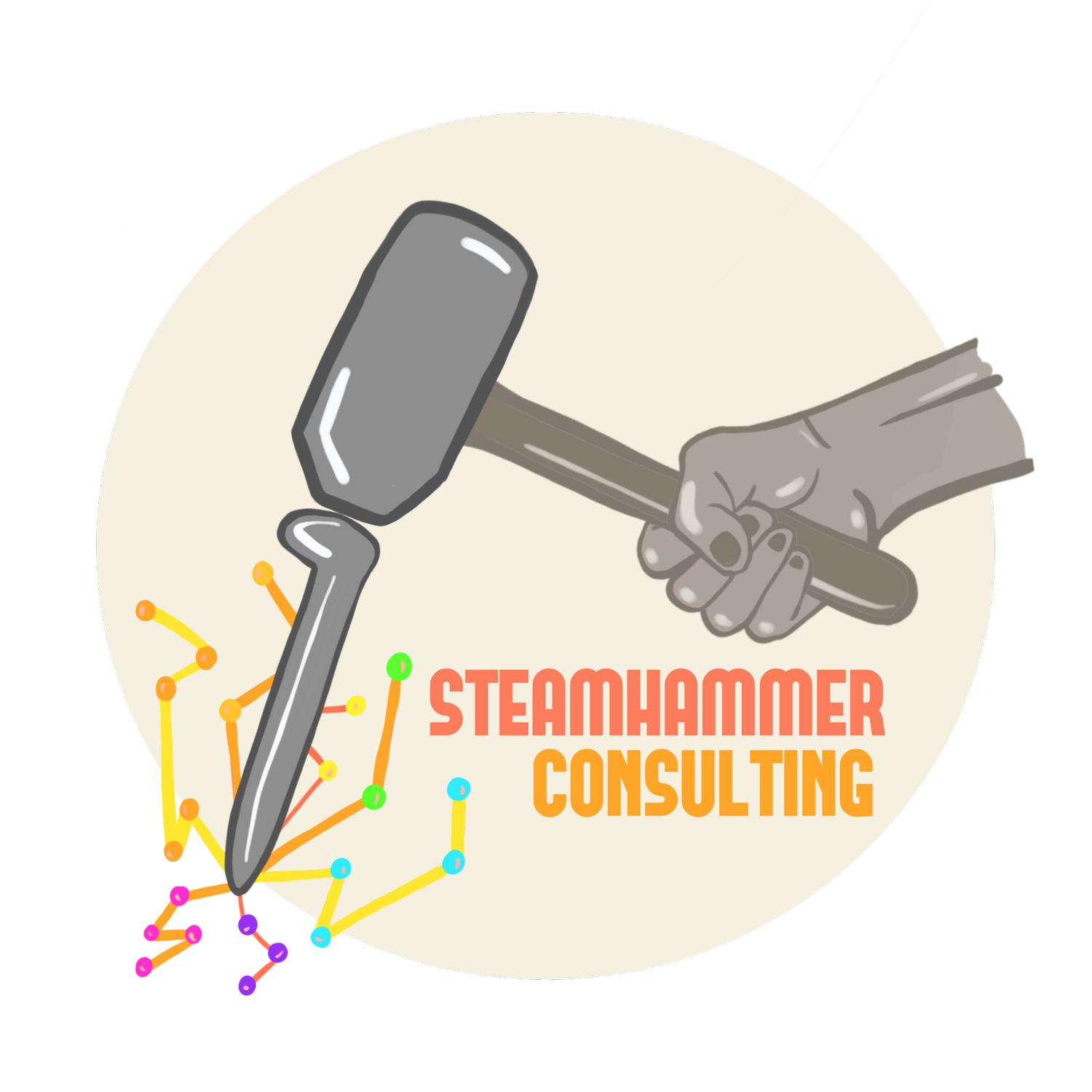The Modern Day John Henry
The story of John Henry is a classic American folklore tale that exemplifies the drive of an individual to achieve greatness and the conflict between man and machine. In the story, John Henry challenged a steam-powered hammer to a race in constructing a railroad tunnel. He ultimately won the race but died from exhaustion. Similarly, dispatchers in logistics and transportation industries have been challenged with adopting route optimization technology in the face of concerns surrounding job security and loss of control. However, by implementing best practices in change management, these dispatchers can navigate the complexities of change and enhance their roles in the industry.
The central theme of John Henry’s story is the conflict between man and machine. It depicts the inevitable replacement of workers by machines and the struggle of humans to keep pace with technological advancements. Similarly, the adoption of route optimization technology threatens the job security of dispatchers. Many workers are concerned that they will be replaced, losing their control over the route and scheduling process. However, it is important to note that technology can enable workers to be more efficient and effective in their work, leading to better outcomes for the company and customers.
Change management is essential when integrating new technologies and processes in the workplace. The concept of change management is about effectively transitioning individuals, teams, and organizations to a desired future state. Best practices in change management include effective communication, engagement, and collaboration with stakeholders. By involving dispatchers in the decision-making process and training them to use route optimization technology, companies can ease their concerns and foster collaboration and alignment.
Another important aspect of John Henry’s story is his determination and commitment to his work, despite the odds against him. This quality is also essential for dispatchers in the transportation industry, who can use route optimization technology to enhance their roles and improve customer satisfaction. By using the technology to streamline routes and schedules, dispatchers can become more efficient and effective in their jobs, leading to better outcomes for the company and customers.
Finally, the story of John Henry is a reminder of the importance of integrating technology in a way that benefits workers and society. The main conflict of the story is not between man and machine, but between unbridled technology adoption and human dignity. By adopting route optimization technology with best practices in change management, transportation companies can integrate technology in a way that benefits workers and customers alike.
